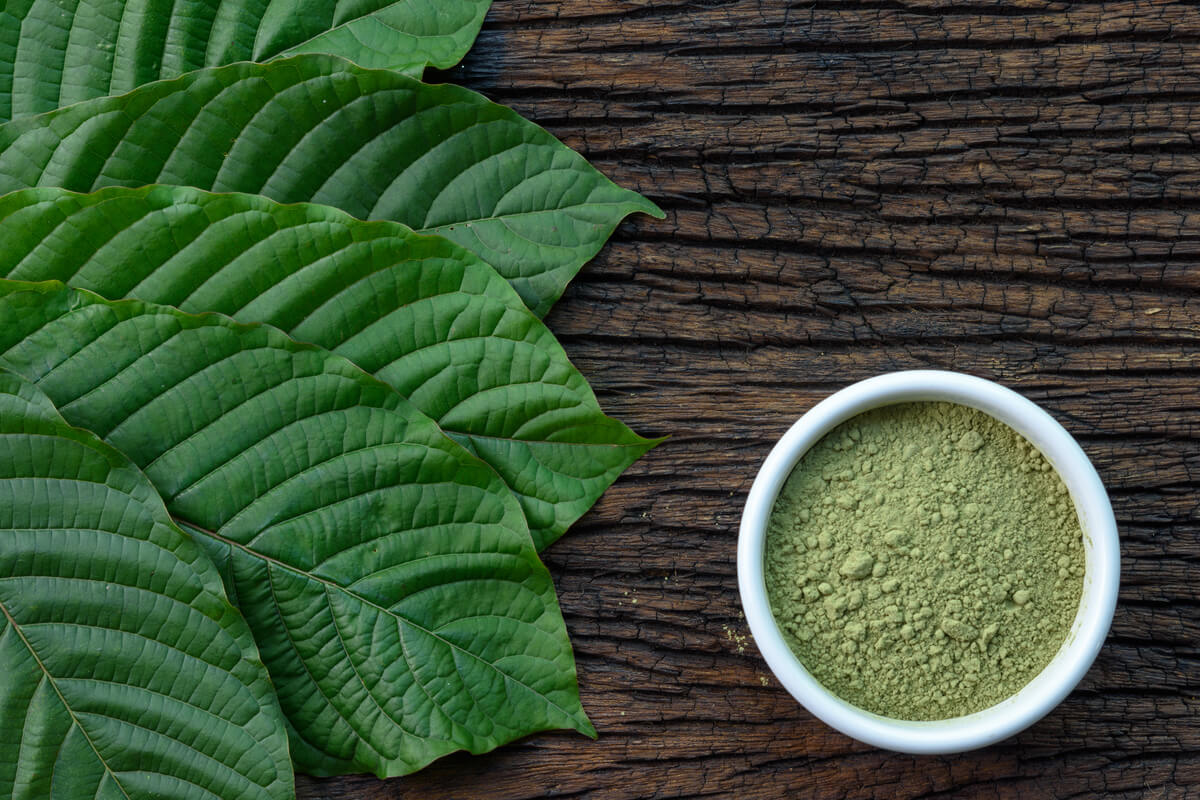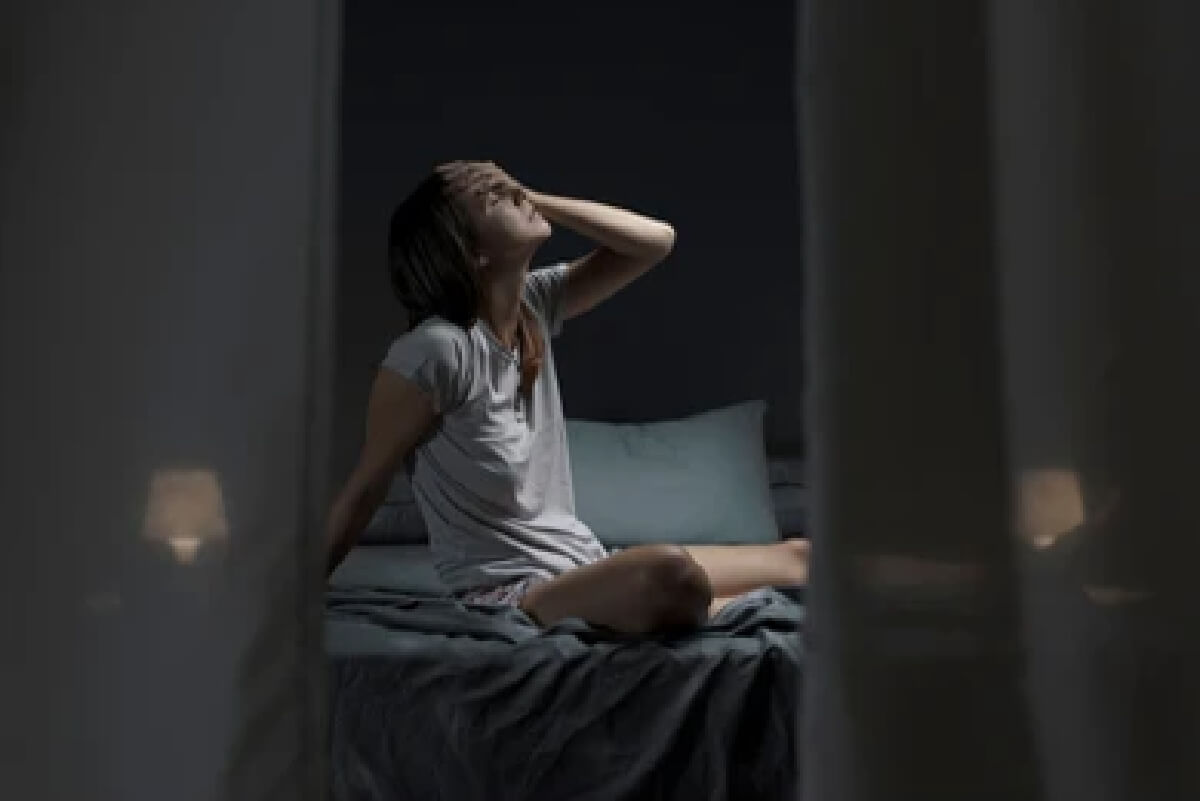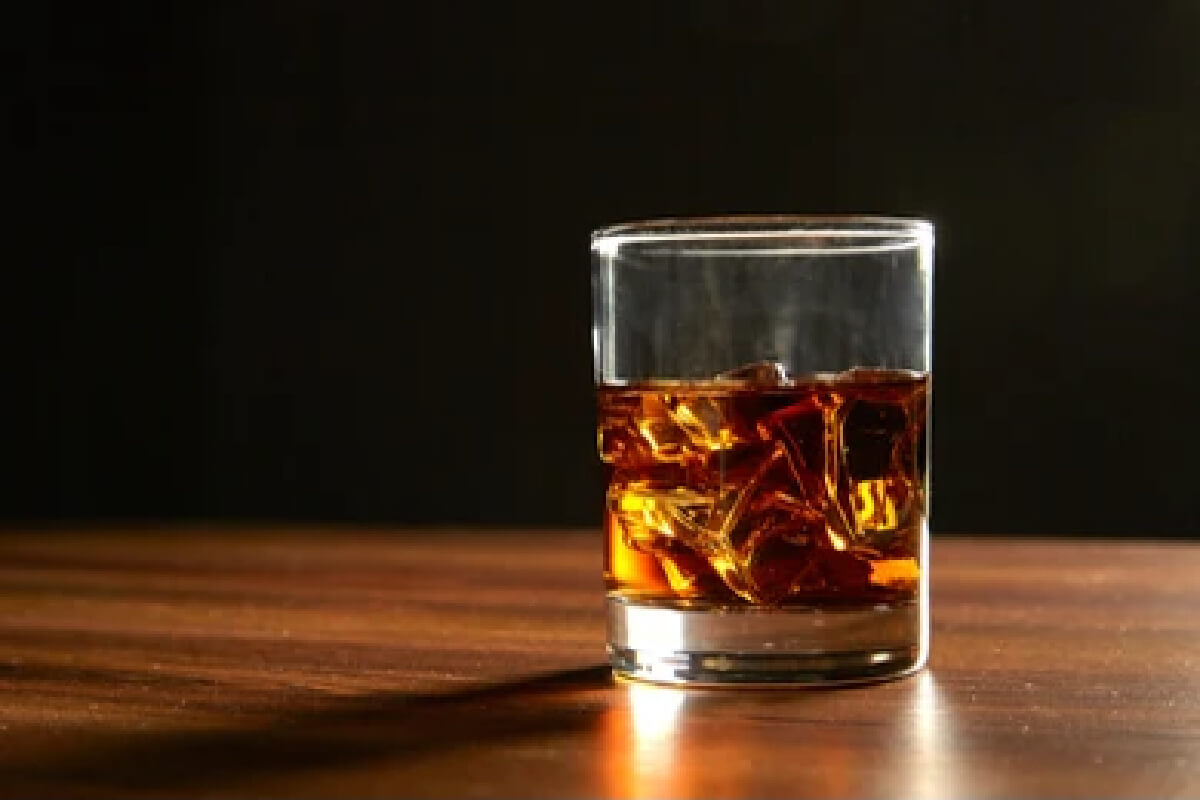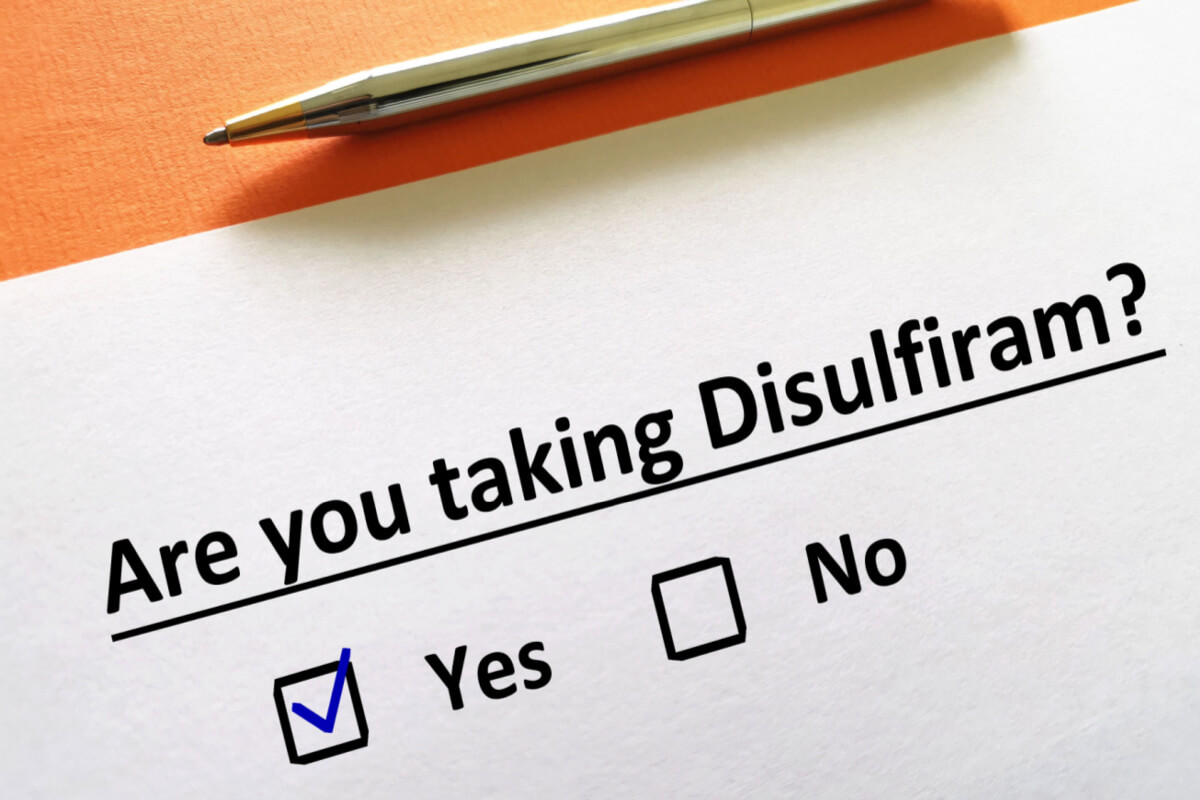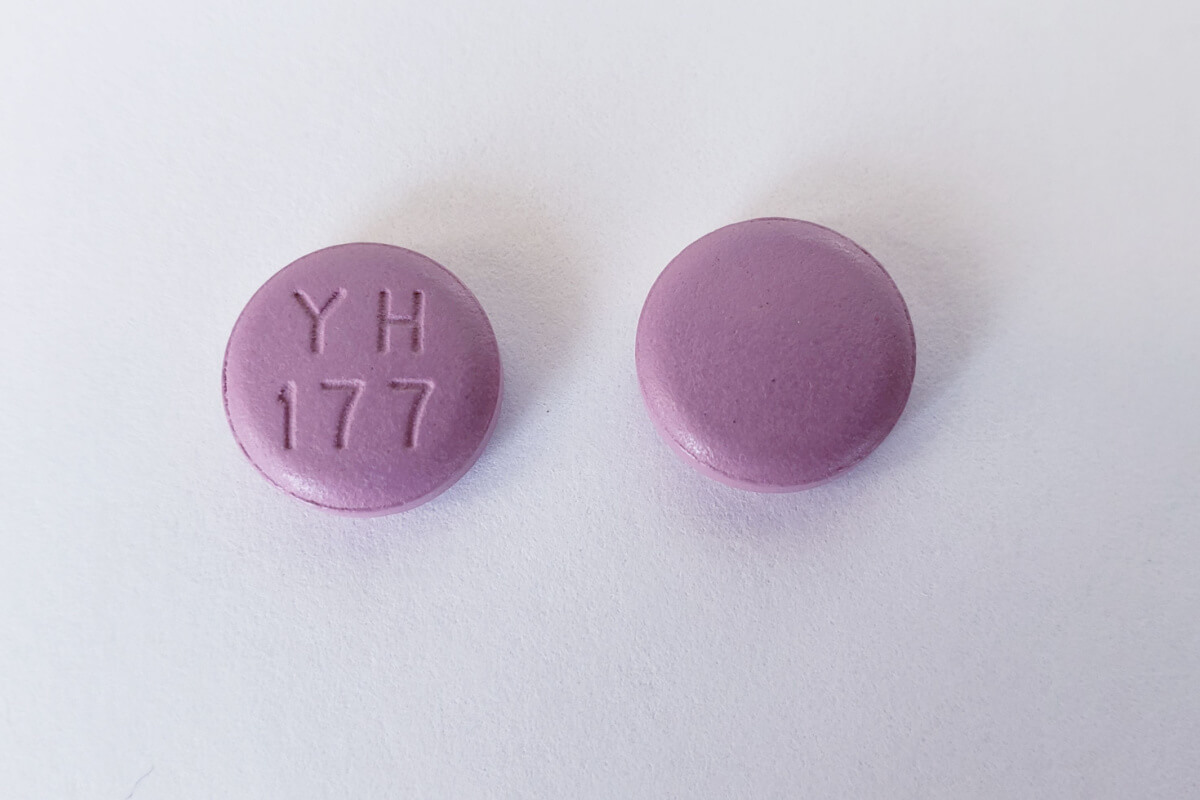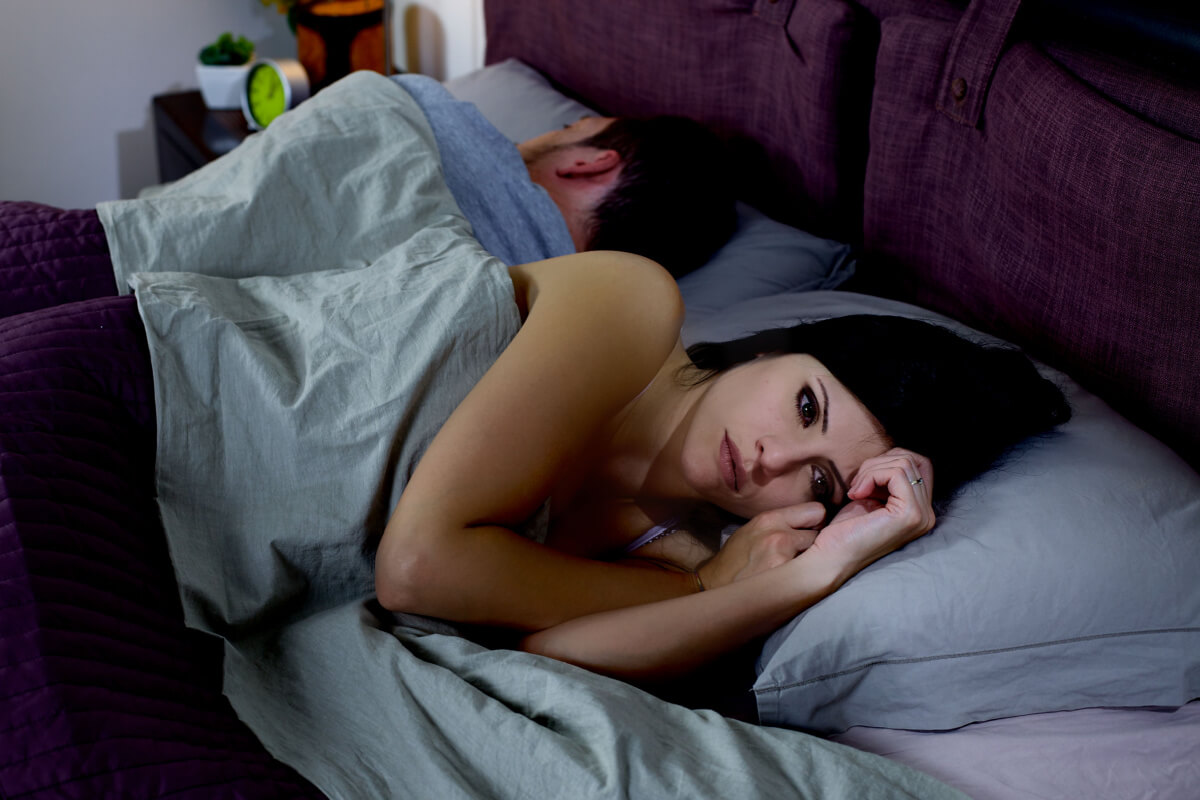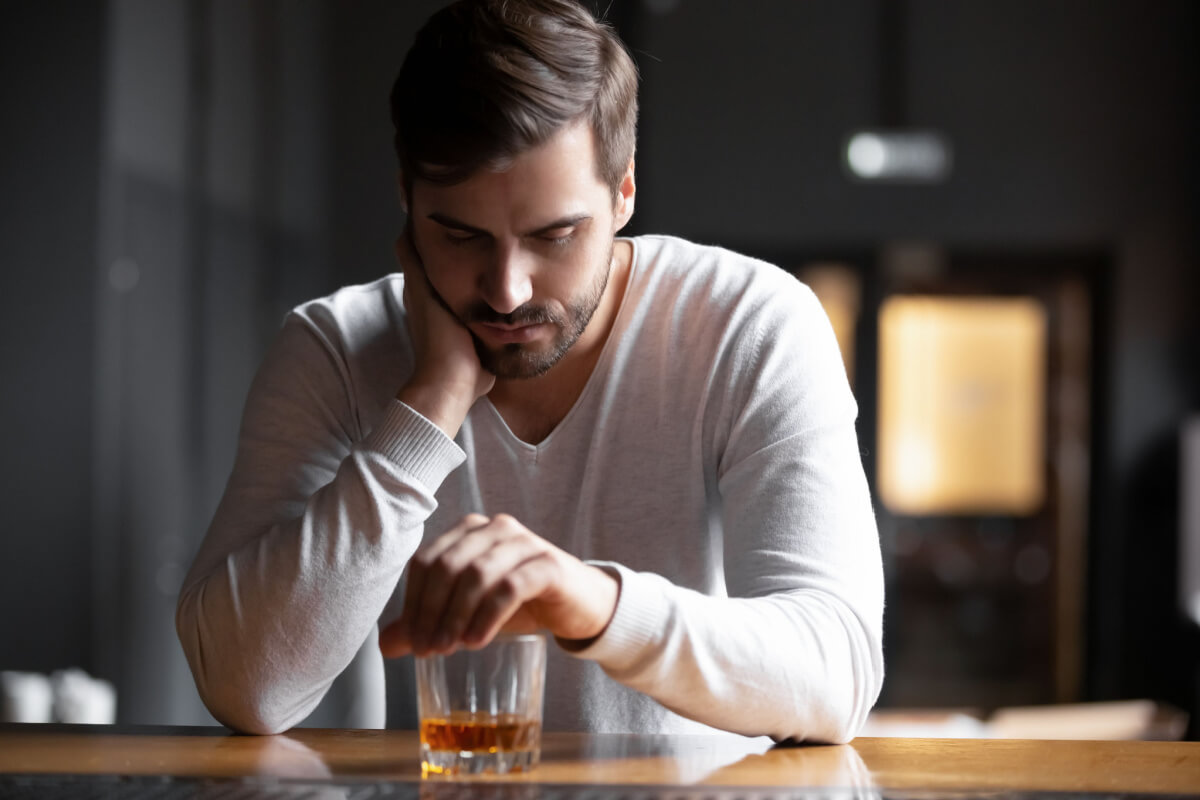
More than 21.2 million Americans have a substance use disorder (SUD).[1]
Some struggle openly, trying to quit without being able to make a resolution stick. Others suffer in silence. No matter where you fall on this spectrum, recovery is possible. SUDs are treatable, chronic conditions that respond to treatment..
Defining Addiction: What Does It Mean?
The term “addiction” can mean different things to different people. These days, many people prefer not to use the term at all, preferring less stigmatizing terms such as “substance use disorder” or “substance dependence”.
The American Society of Addiction Medicine defines “addiction” as a treatable, chronic, medical condition.[2] Interactions between brain cells, genetics, the environment, and a person’s experiences combine to produce an addiction disorder. The National Institute on Drug Abuse also defines addiction as a medial condition. [3]
Am I Addicted to Alcohol? How to Tell
Almost 86% of American adults have consumed alcohol. About 14.5 million Americans 12 and older meet diagnostic criteria for an alcohol use disorder (AUD).[4]
Alcohol use disorder rarely takes hold immediately. Instead, most people with AUD started drinking casually, and in time, they lost control of their drinking.
Signs of AUD include the following:[5]
- Impaired control: Drinking sessions last longer than you intended. You consume more than you meant to. You drink more often, even though you promise you’ll quit. Once you start drinking, you can’t stop.
- Enhanced focus: Alcohol becomes the most important part of your life. You neglect your health, your job, or your family to keep drinking.
- Physical changes: You must drink more to feel alcohol’s impact, and if you don’t drink, you feel sick.
Some people have all these signs, while others just one or two. All people with AUD feel compelled to keep drinking, even when it is negatively impacting their quality of life.
Alcohol Withdrawal
Alcohol is a powerful sedative, capable of slowing electrical impulses in the brain. Many people who are physically dependent on alcohol experience withdrawal symptoms. These symptoms can range from mild anxiety and tremors to more severe symptoms such as seizures, coma and even death in very rare instances.
Within about 72 hours, people with severe alcohol withdrawal problems can experience:[6]
- Anxiety
- Irritability
- Jumpiness or shakiness
- Nightmares
- Mood swings
If left untreated, these symptoms can worsen into delirium tremens. This life-threatening condition causes the following:[6]
- Fever
- Hallucinations
- Seizures
- Vital sign changes
- Coma
- Death
Anyone who experiences these symptoms after discontinuing alcohol may have an alcohol use disorder, and should seek medical attention.
How Treatment for AUD Works
AUD is actually very treatable with both medications and therapy. Your treatment plan might include the following:
- Medications: Three AUD drugs are approved by the U.S. Food and Drug Administration: acamprosate, naltrexone, and disulfiram.[7] Your doctor will choose the right medication for you based on your drinking history and treatment goals.
- Therapy: Motivational interviewing (MI) can help you strengthen your resolve to quit, while cognitive behavioral therapy (CBT) can help you cope with relapse risks.
- Support groups: Many people with AUD find fellowship in Alcoholics Anonymous meetings. Other forms of support are also available via different organizations.
People with severe AUD may begin treatment in an inpatient facility, but those with mild or moderate forms of the disorder can get better while living at home.
Am I Addicted to Opioids? How to Tell
As of 2022, 3 million Americans had an opioid use disorder (OUD).[8]
Since OUD is closely related to overdose and death, it’s critical to understand what addiction looks like and how treatment works.
Many people with OUD are exposed to their first opioids through an opioid prescription given to them by a doctor for an acute problem.
Opioids spark the release of dopamine, a powerful neurotransmitter associated with feelings of calm, warmth, and bliss. After chronic opioid use, the body’s cells start to rely on opioids to stimulate the release of this neurotransmitter instead of naturally making it in response to the normal things that make people happy. People eventually need more opioids to feel the same response, and some people transition to stronger drugs instead. Of people using heroin, 86% misused prescription painkillers first.[9]
Stronger drugs cause more sedation, and people using opioids to get high can take too much and overdose. Of all overdose deaths in 2019, more than 70% involved an opioid.[10]
What Does Opioid Addiction Look Like?
People with OUD often struggle with the three Cs:[11]
- Control: People with OUD often take more than intended. People with OUD may report lost medications, buy drugs from dealers, or ask for refills early.
- Cravings: Patients with OUD are preoccupied with drugs and have physical cravings to use the drug.
- Consequences: Patients with OUD will take opioid drugs even when they cause problems with functioning or relationships.
Opioid Withdrawal
Brain chemistry changes caused by opioids lead to withdrawal.
Opioid withdrawal is sometimes described as “flu-like”. While it is never life-threatening, it can be extremely unpleasant, and cause people to use over and over again to avoid the unpleasant withdrawal symptoms. [12] Sickness from acute withdrawal usually lasts several days, but cravings can persist for much longer.
OUD Treatment Options
MAT can help treat OUD addiction, and long-term therapy can help people achieve a sustained recovery.[13]
Drugs like Suboxone attach loosely to receptors used by opioids, easing withdrawal symptoms and cravings. People who take Suboxone don’t get high. Instead, they feel healthy enough to participate in support groups and therapy.
OUD rarely resolves without treatment, and ongoing addiction can lead to life-threatening complications. Anyone struggling with OUD should speak to a doctor.
Am I Addicted to Stimulants? How to Tell
Some stimulants, including cocaine and ecstasy, are illegal substances. But others, including Ritalin, are prescription medications. Both cause intense changes in the brain, causing euphoria and disinhibition. Addictions can quickly follow.
More than half of all people who misuse prescription stimulants do so to increase cognitive function.[14] They think the medications will make them smarter, quicker, and more efficient.
People with stimulant addiction often use the drugs in binges, consuming large amounts in a short period.[15] People like this may stay awake for days on a high and then need several days to recover.
Other signs of stimulant addiction include agitation, aggression, and paranoia. People with stimulant addictions often need more of their drugs to produce the same effects.
Stimulant Withdrawal
People using stimulants for an extended period can develop withdrawal symptoms such as fatigue, depression, and insomnia when they quit.[16] While these symptoms may not be life-threatening, they can be very persistent. Some people struggle with withdrawal for months, and they may relapse to get relief.
Stimulant Addiction Treatment
No medications are FDA approved to treat stimulant abuse and addiction.[17] But some researchers say medications like bupropion and modafinil could help to ease discomfort and keep people in therapy. Doctors may use these medications “off label” to help their patients.
Treatment options cognitive behavioral therapy can help people with stimulant addiction to recover. Teams may also suggest support groups to help patients find community connections.
Am I Addicted to Barbiturates? How to Tell
Barbiturates are prescription sedatives, some insomnia therapies, and benzodiazepines. These medications can help people feel calm and serene during difficult times, but many can be addictive.
About 6% of people 12 and older admit to misusing any prescription psychotherapeutic drug at some point.[18] While adults ages 50 to 64 are often prescribed these drugs, people ages 18 to 25 are most likely to misuse them.[19]
Every stimulant works differently, but most alter brain chemistry in persistent ways. People addicted to them develop telltale signs, including these:
- Persistent sleepiness or confusion
- Frequent visits to the doctor to get more of the drugs
- Feelings of anxiety and withdrawal between doses
- Willingness to sacrifice work or social opportunities to use drugs
Barbiturate Withdrawal
Most barbiturates cause a rebound effect. Where people feel sedated while on the drug, they feel the opposite when it’s removed.
During benzodiazepine withdrawal, people may feel the following:[20]
- Irritable
- Anxious
- Sweaty
- Confused
- Nauseated
- Painful
A short-term withdrawal lasts for about four days, but a longer withdrawal syndrome can last for about two weeks. Some people develop a long-lasting withdrawal that sticks with them for months.[20]
Barbiturate Misuse Treatment
It’s dangerous to quit using barbiturates cold turkey. Some people develop seizures when they quit their medications. A slow taper protects the brain, and sometimes, doctors use a different drug during the taper to reduce the risk of misuse.[21]
When people feel healthy and focused, therapy can begin. CBT and MI are both effective therapies for prescription drug misuse.
Am I Addicted to Marijuana? How to Tell
Marijuana is still illegal at the federal level, and it’s the most commonly used illicit substance in the United States.[22]
Some people don’t consider marijuana to be as “addictive” comparatively to the other classes of drugs discussed here. But researchers say 3 people in 10 who use marijuana will develop some degree of addiction.[22]
Marijuana Withdrawal
While marijuana withdrawal symptoms are never life-threatening, they can be deeply uncomfortable.
People who quit using can experience difficult symptoms for about two weeks, including these:[23]
- Cravings
- Restlessness
- Insomnia
- Irritability
Some people experience a prolonged withdrawal syndrome, in which symptoms persist for months.
Marijuana Addiction Treatment
There are no FDA approved medications for marijuana withdrawal or addiction. Small studies suggest medications like gabapentin could ease withdrawal symptoms and help people with marijuana addiction feel comfortable, but the evidence is limited and most doctors do not prescribe this medication for this purpose. [24]
Treatments like CBT can help to ease relapse risks, and contingency management therapy could pair rewards to positive behaviors. These therapy techniques could help people with marijuana dependency reduce their use.

Medically Reviewed By Elena Hill, MD, MPH
Elena Hill, MD; MPH received her MD and Masters of Public Health degrees at Tufts Medical School and completed her family medicine residency at Boston Medical Center. She is currently an attending physician at Bronxcare Health Systems in the Bronx, NY where ... Read More
- 21 Million Americans Suffer From Addiction. Just 3,000 Physicians Are Specially Trained to Treat Them. Association of American Medical Colleges. https://www.aamc.org/news-insights/21-million-americans-suffer-addiction-just-3000-physicians-are-specially-trained-treat-them. December 2019. Accessed September 2022.
- Definition of Addiction. American Society of Addiction Medicine. https://www.asam.org/quality-care/definition-of-addiction. September 2019. Accessed September 2022.
- Drug Misuse and Addiction. National Institute on Drug Abuse. https://nida.nih.gov/publications/drugs-brains-behavior-science-addiction/drug-misuse-addiction. July 2020. Accessed September 2022.
- Alcohol Facts and Statistics. National Institute on Alcohol Abuse and Alcoholism. https://www.niaaa.nih.gov/publications/brochures-and-fact-sheets/alcohol-facts-and-statistics. March 2022. Accessed September 2022.
- Alcoholism: Signs, Symptoms, and Treatment. Drinkaware. https://www.drinkaware.co.uk/facts/health-effects-of-alcohol/mental-health/alcoholism. Accessed September 2022.
- Alcohol Withdrawal. National Library of Medicine. https://medlineplus.gov/ency/article/000764.htm. January 2021. Accessed September 2022.
- Treatment of Alcohol Use Disorder. National Library of Medicine. https://www.ncbi.nlm.nih.gov/books/NBK561234/. July 2020. Accessed September 2022.
- Opioid Addiction. StatPearls. https://www.ncbi.nlm.nih.gov/books/NBK448203/. April 2022. Accessed September 2022.
- Prescription Opioid Use is a Risk Factor for Heroin Use. National Institute on Drug Abuse. https://nida.nih.gov/publications/research-reports/prescription-opioids-heroin/prescription-opioid-use-risk-factor-heroin-use. January 2018. Accessed September 2022.
- Understanding the Epidemic. Centers for Disease Control and Prevention. https://www.cdc.gov/drugoverdose/epidemic/index.html. March 2021. Accessed September 2022.
- Recognizing Opioid Abuse. National Institute on Drug Abuse. https://nida.nih.gov/sites/default/files/RecognizingOpioidAbuse.pdf. Accessed September 2022.
- Opioid Withdrawal. StatPearls. https://www.ncbi.nlm.nih.gov/books/NBK526012/. May 2022. Accessed September 2022.
- Medication-Assisted Treatment. Substance Abuse and Mental Health Services Administration. https://www.samhsa.gov/medication-assisted-treatment. July 2022. Accessed September 2022.
- Five Million American Adults Misusing Prescription Stimulants. National Institute on Drug Abuse. https://nida.nih.gov/news-events/news-releases/2018/04/five-million-american-adults-misusing-prescription-stimulants. April 2018. Accessed September 2022.
- Stimulant Drug Fact Sheet. Department of Justice. https://www.dea.gov/sites/default/files/2020-06/Stimulants-2020.pdf. April 2020. Accessed September 2022.
- Prescription Stimulants Drug Facts. National Institute on Drug Abuse. https://nida.nih.gov/publications/drugfacts/prescription-stimulants. June 2018. Accessed September 2022.
- The Search for Medications to Treat Stimulant Dependence. Addiction Science and Clinical Practice. https://www.ncbi.nlm.nih.gov/pmc/articles/PMC2797110/. June 2008. Accessed September 2022.
- What Is the Scope of Prescription Drug Misuse in the United States? National Institute on Drug Abuse. https://nida.nih.gov/publications/research-reports/misuse-prescription-drugs/what-scope-prescription-drug-misuse. June 2020. Accessed September 2022.
- Benzodiazepine Use and Misuse Among Adults in the United States. Psychiatric Services. https://www.ncbi.nlm.nih.gov/pmc/articles/PMC6358464/. February 2020. Accessed September 2022.
- The Benzodiazepine Withdrawal Syndrome. Addiction. https://pubmed.ncbi.nlm.nih.gov/7841856/. November 1994. Accessed September 2022.
- Management of Benzodiazepine Misuse and Dependence. Australian Prescriber. https://www.ncbi.nlm.nih.gov/pmc/articles/PMC4657308/. October 2015. Accessed September 2022.
- Data and Statistics. Centers for Disease Control and Prevention. https://www.cdc.gov/marijuana/data-statistics.htm. June 2021. Accessed September 2022.
- Is Marijuana Addictive? National Institute on Drug Abuse. https://nida.nih.gov/publications/research-reports/marijuana/marijuana-addictive. July 2020. Accessed September 2022.
- The Cannabis Withdrawal Syndrome: Current Insights. Substance Abuse and Rehabilitation. https://www.ncbi.nlm.nih.gov/pmc/articles/PMC5414724/. April 2017. Accessed September 2022.
Download Our Free Program Guide
Learn about our program, its effectiveness and what to expect
Related articles
Imagine what’s possible on the other side of opioid use disorder.
Our science-backed approach boasts 95% of patients reporting no withdrawal symptoms at 7 days. We can help you achieve easier days and a happier future.

